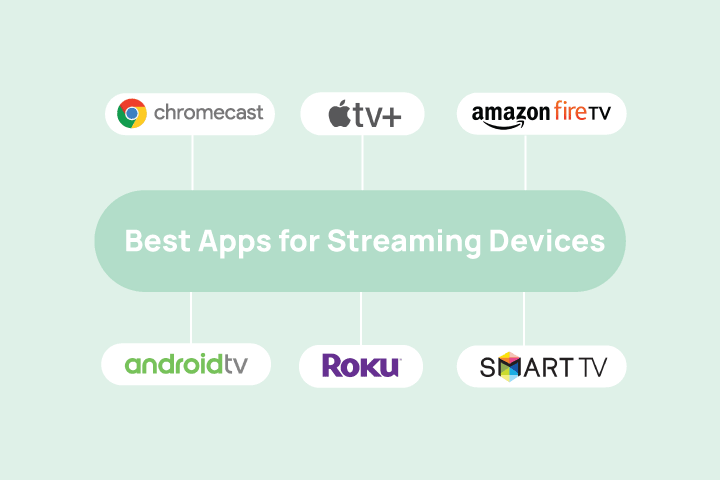Get dependable internet, streaming TV, and home phone services from one of the nation’s top internet providers. Compare plans to find the best solution for you and bundle to save more. Availability depends on your location.
Internet 300
$55.00/mo.
Price after $5/mo. AutoPay & paperless billing discount (within 2 bills).





